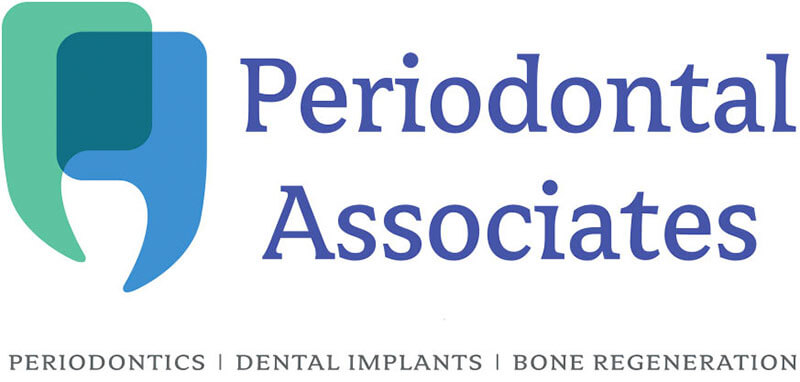Rotting teeth. Diseased lungs. A corpse of a smoker.
Nine new warning labels featuring graphic images that convey the dangers of smoking will be required by the Food and Drug Administration to be on U.S. cigarette packs by 2012. Other images include a man with a tracheotomy smoking and a mother holding a baby with smoke swirling around them. The labels will include phrases like “Smoking can kill you” and “Cigarettes cause cancer.”
The labels, which the FDA released in late June, 2011, are a part of the most significant change to U.S. cigarette packs in 25 years. They’re aimed at curbing tobacco use, which is responsible for about 443,000 deaths in the U.S. a year.
The labels will take up the top half — both front and back — of a pack of cigarettes and each will include a national quit smoking hotline number. Warning labels also must appear in advertisements and constitute 20 percent of an ad. Cigarette makers have until the fall of 2012 to comply.
“These kind of graphic warning labels strengthen the understanding of people about the health risks of smoking,” FDA Commissioner Margaret Hamburg said in an interview with The Associated Press. “We clearly have to renew a national conversation around these issues and enhance awareness.”
Mandates to introduce new graphic warning labels were part of a law passed in 2009 that, for the first time, gave the federal government authority to regulate tobacco, including setting guidelines for marketing and labeling, banning certain products and limiting nicotine. The announcement follows reviews of scientific literature, public comments and results from an FDA-contracted study of 36 labels proposed last November.
The legality of the new labels is part of a pending federal lawsuit filed by Winston-Salem, N.C.-based Reynolds American Inc., parent company of America’s second-largest cigarette maker, R.J. Reynolds; No. 3 cigarette maker, Greensboro, N.C.-based Lorillard Inc.; and others.
Tobacco makers in the lawsuit have argued the warnings would relegate the companies’ brands to the bottom half of the cigarette packaging, making them “difficult, if not impossible, to see.”
A spokesman for Richmond, Va.-based Altria Group Inc., parent company of the nation’s largest cigarette maker, Philip Morris USA, said the company was looking at the final labels but would not comment further.
In recent years, more than 30 countries or jurisdictions have introduced labels similar to those being introduced by the FDA. The U.S. first mandated the use of warning labels stating “Cigarettes may be hazardous to your health” in 1965. Current warning labels — a small box with black and white text — were put on cigarette packs in the mid-1980s.
The FDA says the new labels will “clearly and effectively convey the health risks of smoking” aimed at encouraging current smokers to quit and discouraging nonsmokers and youth from starting to use cigarettes.
“These labels are frank, honest and powerful depictions of the health risks of smoking,” Health and Human Services Secretary Kathleen Sebelius said in a statement.
American Cancer Society CEO John R. Seffrin applauded the new labels in a statement, saying they have the potential to “encourage adults to give up their deadly addiction to cigarettes and deter children from starting in the first place.”
The new labels come as the share of Americans who smoke has fallen dramatically since 1970, from nearly 40 percent to about 20 percent. The rate has stalled since about 2004. About 46 million adults in the U.S. smoke cigarettes.
It’s unclear why declines in smoking have stalled. Some experts have cited tobacco company discount coupons on cigarettes or lack of funding for programs to discourage smoking or to help smokers quit.
While it is impossible to say how many people quit because of the labels, various studies suggest the labels do spur people to quit. The new labels offer the opportunity for a pack-a-day smoker to see graphic warnings on the dangers of cigarettes more than 7,000 times per year.
The FDA estimates the new labels will reduce the number of smokers by 213,000 in 2013, with smaller additional reductions through 2031.
Tobacco use costs the U.S. economy nearly $200 billion annually in medical costs and lost productivity, the FDA said. Tobacco companies spend about $12.5 billion annually on cigarette advertising and promotion, according to the latest data from the Federal Trade Commission.
The World Health Organization said in a survey done in countries with graphic warning labels that a majority of smokers noticed the warnings and more than 25 percent said the warnings led them to consider quitting.
While some have voiced concerns over the hard-hitting nature of some of the labels, those concerns should be trumped by the government’s responsibility to warn people about the dangers of smoking, said David Hammond, a health behavior researcher at the University of Waterloo in Canada, who worked with the firm designing the labels for the FDA.
“This isn’t about doing what’s pleasant for people. It’s about fulfilling the government’s mandate if they’re going to allow these things to be sold,” Hammond said. “What’s bothering people is the risk associated with their behavior, not the warnings themselves.”
In places like Canada, Hammond said smokers offended by some of the images on cigarettes packs there started asking for different packs when they received ones with certain gory images, or used a case to cover them up. But smokers said those warnings still had an effect on them.
Canada introduced similar warning labels in 2000. Since then, its smoking rates have declined from about 26 percent to about 20 percent. How much the warnings contributed to the decline is unclear because the country also implemented other tobacco control efforts.
Your comments are appreciated.
Cary Feuerman, DMD
Periodontal Associates
Source: New Haven Register
Photo: U.S. Food and Drug Administration
